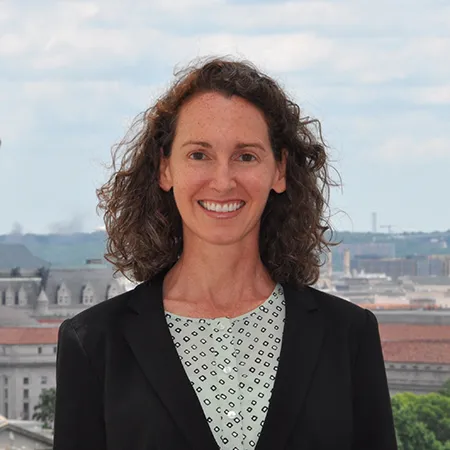In 2015, over 122 million live wild and exotic animals were imported into the United States from 123 countries with minimal disease surveillance. Imported animals, either wild-sourced or captive-bred, can harbor infectious pathogens harmful to native U.S. wildlife if accidentally or deliberately released into the wild. It is reasonable to assume that risk of importing infectious pathogens varies depending on conditions in the exporting countries and the number of species and individuals exported per country. To better understand disease risk, we examined 17 years of U.S. Fish and Wildlife Service import data and quantified abundance, composition, and source (i.e., exporting country) of live bird, mammal, reptile, amphibian, and fish imports. We created an exporting country infectious disease threat index by combining regression and simulation models that first evaluated each country's disease potential for terrestrial and aquatic agriculture animals and then predicted the disease potential for their exotic animal exports. Over 200 countries exported live animals to the United States during the study period with roughly 40% exporting every year. Southeast Asian countries dominated the export trade (in volume) particularly for fish and ranked high for infectious pathogen risk. On average, 750 genera, 1,120 species, and 185 million individuals were imported annually, with fish comprising almost 97% of imports. Sixty percent of annual imports were captive-bred individuals; reptiles were the most abundant wild-sourced taxa (70%). This study presents the first attempt to prioritize import disease risk for currently unregulated species for the United States based on exporting countries and could be used to design targeted health screening.
Presenters
Elizabeth Frances Daut
Dr. Elizabeth Daut is a Natural Resources Officer in the Forestry and Biodiversity Office at the U.S. Agency for International Development (USAID). Elizabeth started at USAID as an American Association for the Advancement of Science (AAAS) Science & Technology Policy Fellow, and she continues to work in global biodiversity conservation, including developing integrated, cross-sectoral One Health approaches and combating wildlife trafficking and other conservation crimes. She is co-coordinator of a private-sector partnership opportunity called Health, Ecosystems and Agriculture for Resilient...
Elizabeth Frances Daut
Dr. Elizabeth Daut is a Natural Resources Officer in the Forestry and Biodiversity Office at the U.S. Agency for International Development (USAID). Elizabeth started at USAID as an American Association for the Advancement of Science (AAAS) Science & Technology Policy Fellow, and she continues to work in global biodiversity conservation, including developing integrated, cross-sectoral One Health approaches and combating wildlife trafficking and other conservation crimes. She is co-coordinator of a private-sector partnership opportunity called Health, Ecosystems and Agriculture for Resilient, Thriving Societies (HEARTH) designed to co-develop transformative and integrated solutions to benefit high-biodiversity landscapes and the communities dependent on those landscapes. Elizabeth is experienced in international non-profit management having started an environmental non-governmental organization—while serving as a Peace Corps volunteer—in Ecuador, where she remained for almost 10 years. Prior to joining USAID, Elizabeth completed a postdoctoral research fellowship at SESYNC, where she investigated the risk of introducing infectious pathogens through global wildlife trade. Elizabeth has a PhD in Veterinary Pathobiology and Applied Biodiversity Science from Texas A&M University and a Doctor of Veterinary Medicine degree from Cornell University.
